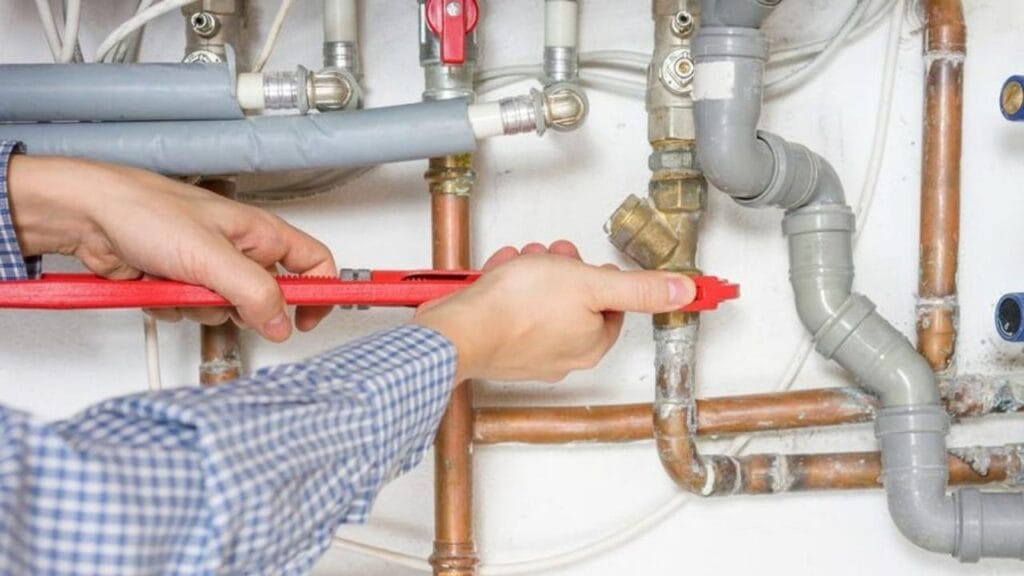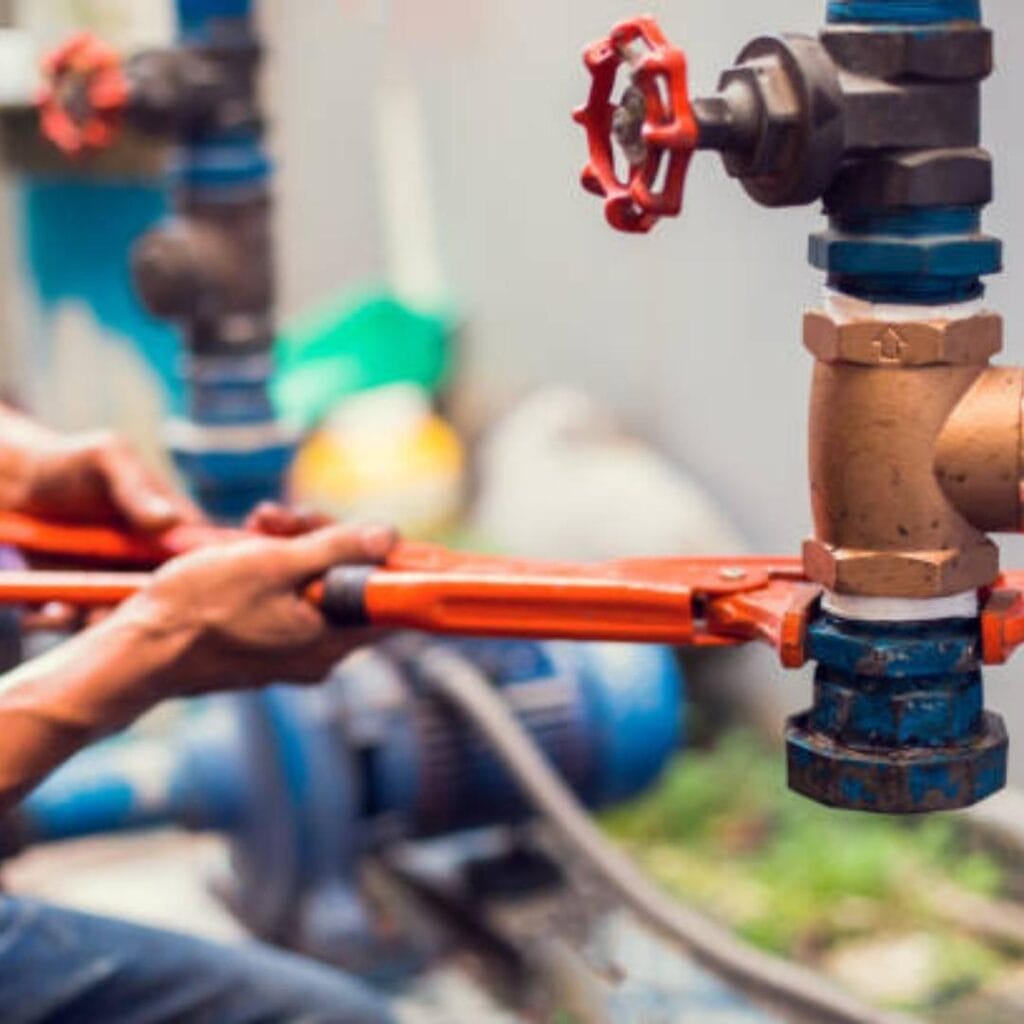Plumbing Cost Estimating and Takeoff Services
Have you ever wondered how professionals estimate the cost of plumbing a new building? It’s an involved set of calculations. Truth be told it can vary quite a bit from project to project and plumber to plumber.
When you’re planning on building a new project, you’ll want to collect bids from a few different plumbers. Depending on the home’s location, whether it be Florida, OR, the other USA area, or somewhere in between, will play a large role in construction costs. The size of the building and the type of materials used are also some of the most important variables in construction expenses. Plumbing is not the place to go cheap. When things are built right, you can rest easy knowing your plumbing will stand up to daily use.

New Construction Cost
Square or linear footage are the baselines for estimates. Prices vary from place to place and according to market fluctuations. For example, a large plumbing project will usually cost more in a high-demand location around Florida than it would in Miami. The national average for a major plumbing project is about $5.50 per square foot of construction area.
In general, the larger the building the more expensive it is to plumb. Bigger buildings typically require more fixtures and pipes usually need to run farther. As you might expect, the more fixtures you need, the more you should budget for plumbing.
How Much Excavation is Required?
New construction may require excavation to connect your building to city water and sewer lines or a septic tank. Excavation may also be needed to install catch basins or other drainage systems around buildings.
An empty lot may have water and sewer access nearby. In those cases, excavation is straightforward. Building on developed land, such as on a lot in a subdivision, usually means your plumber can tap into connections at the side of the street. Highly developed areas such as Florida generally don’t have problems finding connections to city water.
However, undeveloped and rural lots may have neither water nor sewer nearby. Establishing the lines will require more work and materials. The farther the building is from the hookups, the more it will cost to run the pipes.
The type of land can affect prices. For instance, if your land is clear, excavation for new construction will be easier and cost less than if it’s wooded or rocky. In some cases, a rural lot will require establishing or hooking up to a septic system. Some rural lots use private well water rather than public water. The farther the building is from the hookups, the more it will cost to run the pipes.
New construction may require excavation to connect your home to city water and sewer lines or a septic tank. Excavation may also be needed to install catch basins or other drainage systems around buildings.
Estimate Florida Consulting provides plumbing cost estimating and takeoff services. Depending on the land and situation, we may be able to use trenchless technologies, such as directional drilling, to lay new pipes. This cuts down on labor costs since little digging isn’t required.
What Type of Materials Will You Use?
A plumbing contractor generally chooses the pipes and fittings for new plumbing. PEX and copper are the most commonly used materials for pipes.
PEX is a plastic material. It’s durable, safe, and affordable. Because this type of pipe is flexible, it won’t burst. PEX costs less to install than copper. PEX is for indoor use only since it breaks down when exposed to UV light. With a new home, plumbing with PEX for water supply lines could cost between $5,400-$22,000.
Copper pipe naturally resists bacteria. Copper is said to be resilient, resisting snapping during earthquakes. This is crucial in certain regions throughout the Pacific Northwest. It’s also recyclable and easy to install. Something to keep in mind is that copper is more expensive than PEX. In addition, it can corrode, burst or leach into water. On average, it can cost $2,300-$5,500 more than PEX.
Forgive us if you hear this a lot, but it’s also difficult to get a firm price on materials before the project starts. All we can give are estimated costs per material, per unit of measurement. This will vary greatly depending on the location of the project as well as size and number of fixtures.

Google Reviews





